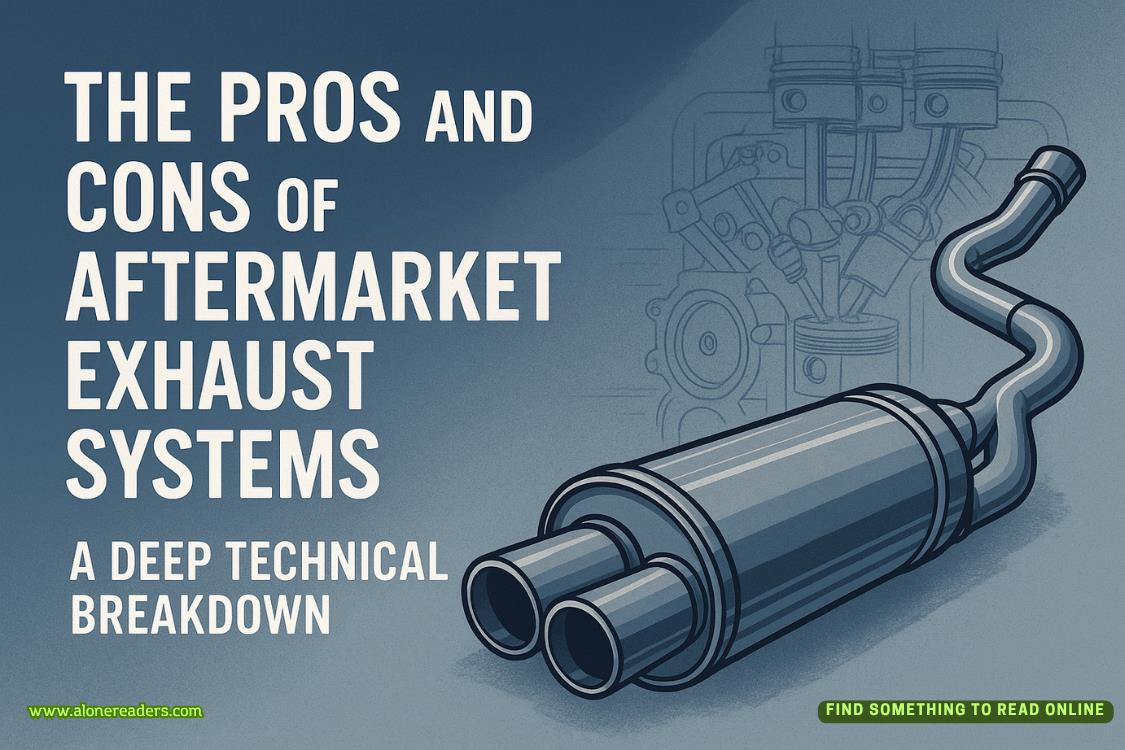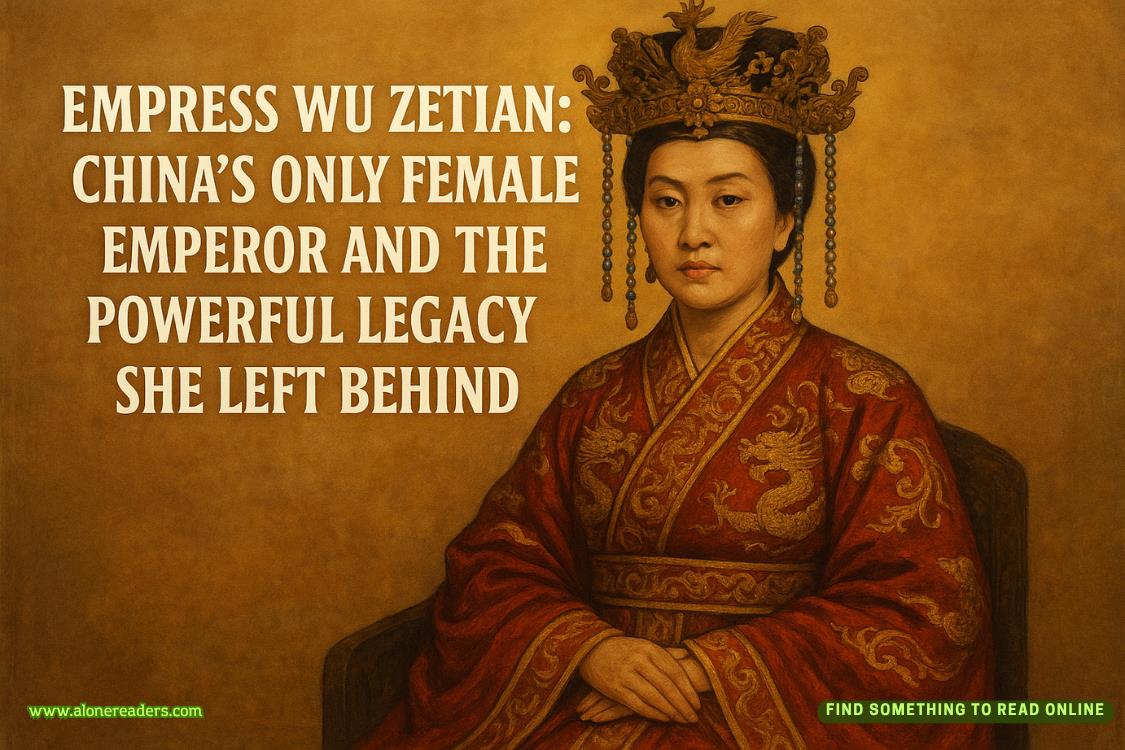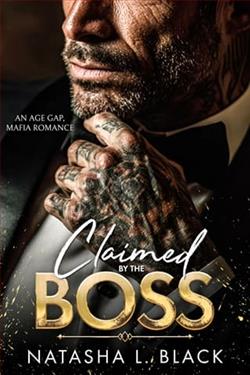Page 72 of Making a Killing
11.35
The meeting is in the Governor’s office this time, where the chairs are upholstered and there are biscuits on a plate on the big round table. The lawyers are already there, three this time, and this lot are clearly a lot higher up the pecking order. We stand there waiting, awkwardly, with no eye contact beyond the basic introductions.
Five minutes later the door opens and Diana Buchanan ushers Sharon through. She’s in the clothes she must have been wearing when she first arrived, but she’s lost so much weight they just make her look even more fragile. Someone’s given her some make-up too, but the blusher is the wrong shade and she looks – I hate to say it, but she looks ghastly.
‘Have a seat, Sharon,’ says Buchanan. ‘I’ll go in search of the coffee.’
It takes another ten minutes to sort all that out, and at last, we start. Or rather, the lawyers do. They tell me (slowly, and in great detail, because I’m only a pond-life police officer, after all) that Sharon’s conviction is clearly now unsafe and they’ve already made a bail application which will almost certainly be unopposed and Sharon will be released pending an appeal, allof which I already knew. And finally, notes made and boxes ticked, they allow us to talk to her.
All this time, she’s sat there, eyes fixed on me, a tissue gripped rigid in one hand, her body thrumming with bitter innocence.
‘Ms Wiley, as we explained yesterday, we’re here to ask you for your help. It’s in everyone’s interests to find your daughter. Hers, ours. And as we’ve just discussed, yours.’
‘I don’t see what you expect me to know. I thought she wasdead.’
‘We all did –’
‘Yes,’ she snaps, and I feel her spit on my face, ‘the only difference is, you bastards thoughtIdid it.’
‘Well, now we know you didn’t. But there was compelling evidence that led us to believe –’
‘You’re talking about that sodding cardigan again, aren’t you.’
I count to ten, force myself to remember this woman has been locked up for seven years for something she didn’t do. I just wish it was easier to pity her.
‘Yes, Ms Wiley, the cardigan. At the risk of telling you something you already know, there was CCTV evidence of Daisy outside the school at just after four o’clock, wearing her pink cardigan. It was clean. But when that cardigan was later unearthed from rubble by the old railway bridge there was blood on it.Yourblood. You never gave any explanation for how it got there. You stated, under oath, that you never saw your daughter when she got home that afternoon.’
One of the lawyers clears her throat. ‘You may not be aware, Chief Inspector, that during the appeal process, Ms Wiley revealed that she did, in fact, see her daughter at that time. She swore an affidavit to the effect that just before Daisy came home she discovered that Daisy had – in Ms Wiley’s view – deliberately broken the jar of mayonnaise Ms Wiley had previously bought for use at the barbecue, which necessitated an additional trip to the shops on a day when there was already a great deal of preparation to do. Ms Wiley was understandablyannoyed, and when Daisy arrived home from school a few minutes later there were angry words between them. The blood was the result of Ms Wiley cutting her hand when she was trying to clear up the broken glass on the kitchen floor.’
But it’s not quite that simple, and the lawyer knows it.
‘But for the blood to be on Daisy’s cardigan –’
The lawyer raises an eyebrow, unflustered. ‘I will anticipate your question: there was indeed physical contact between them, which resulted in the transfer of a small amount of blood to Daisy’s clothing.’
‘What sort of contact?’
‘She grasped Daisy by the shoulder and shook her. It was a momentary loss of control which Ms Wiley deeply regrets, and wishes she had admitted at the outset.’
That last part makes sense, at least. Sharon was socially paranoid to an almost manic degree, always hyper-alert about appearances. I can only imagine what she feared ‘they’ would have said about a woman who’d laid hands on her own daughter.
Gow is making notes beside me.
‘As for the other so-called “evidence”,’ continues the lawyer, on safer ground now, ‘viz the tooth found at the station car park, the gloves found in the skip on Loughton Road and the footage of someone of Ms Wiley’s height pushing a wheelbarrow at the scene at approximately the time of the alleged “murder”.’ Heavy sarcasm now. ‘We contend that all these actions were perpetrated by someone who was attempting to frame Ms Wiley. An enterprise which, I think we can all agree, proved to be extremely effective.’ She looks at Quinn and then at me. ‘Not least because it benefited from the active collusion of Thames Valley Police.’
I’m not going to rise to that, not least because she so obviously wants me to.
I sit back. ‘So who do you think that “someone” was? I mean, your client has had much longer to think about this than any of us – she must have some idea.’
The lawyer smiles, but only with half her mouth. ‘Indeed she does.’
She turns to Sharon. ‘Why don’t you tell the officers what you told me?’
Sharon reaches for her coffee, lifts it to her lips, then wipes them on the tissue.
She’s going to make us wait.
***















